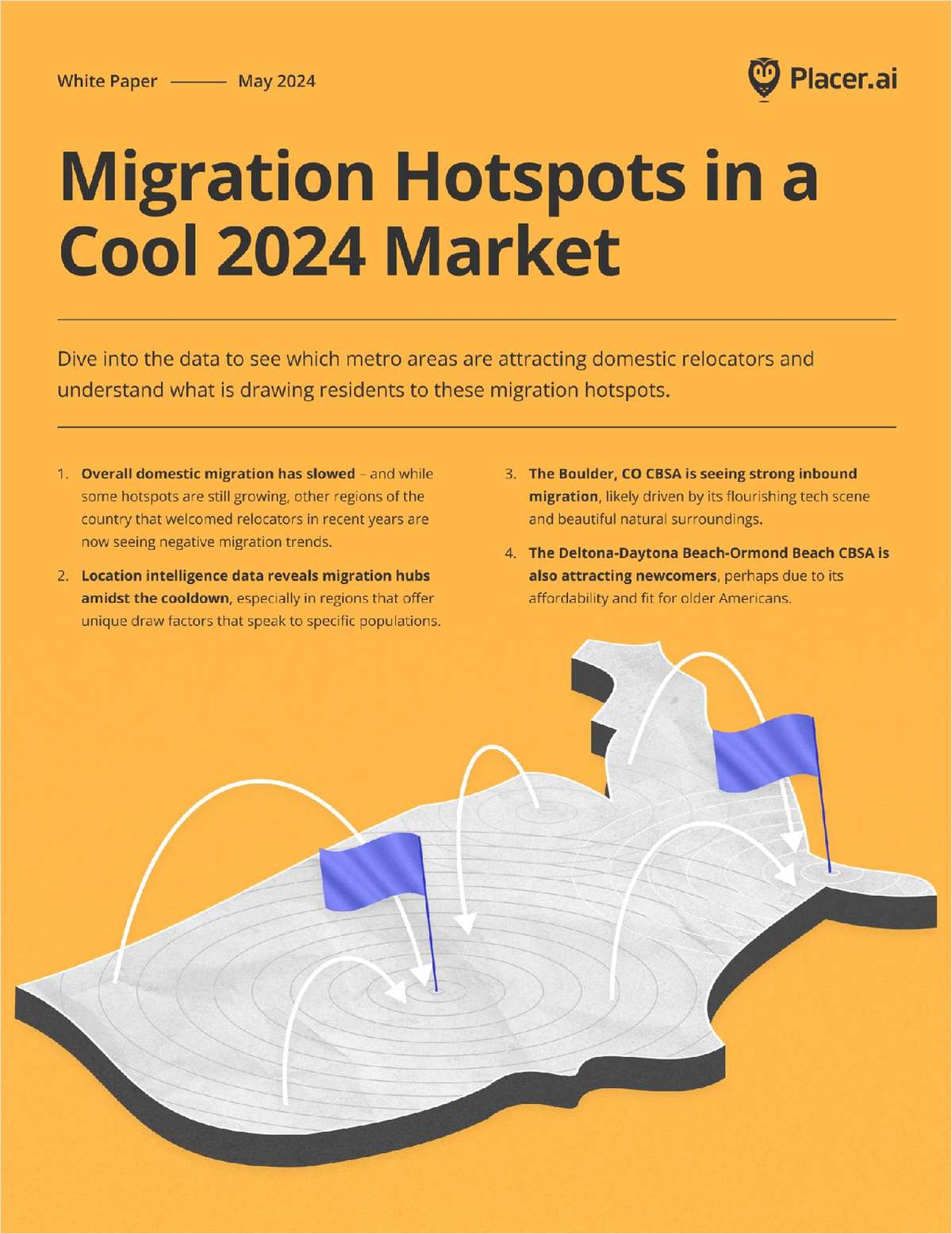TCF has since become a big player in Chicago's financialservices market, where it now has 132 supermarket units (including11 with Cub Foods) and 32 traditional branches.``Our product lineis more suited to a larger portion of customers at Jewel,'' saysMike Johnstone, president of TCF Illinois.``Our cornerstoneproduct, `Totally Free Checking,' has been a tremendous hit.''
TCF is now looking for opportunities to expand through grocerystore branches in the Detroit area, where it sees greatopportunities. At this point, however, none of the big supermarketchains are looking for bank branches, said a TCF spokeswoman.
Johnstone says TCF plans to add five more branches this year and25 branches next year in the Chicago and greater Illinois markets,then slow down its expansion rate to eight to 10 Jewel branches ayear, following Jewel's growth. With 32 traditional branches inIllinois, TCF also plans to add two traditional branches a yearthere, Johnstone said.
Continue Reading for Free
Register and gain access to:
- Breaking commercial real estate news and analysis, on-site and via our newsletters and custom alerts
- Educational webcasts, white papers, and ebooks from industry thought leaders
- Critical coverage of the property casualty insurance and financial advisory markets on our other ALM sites, PropertyCasualty360 and ThinkAdvisor
*May exclude premium content
Already have an account?
Sign In Now
© 2024 ALM Global, LLC, All Rights Reserved. Request academic re-use from www.copyright.com. All other uses, submit a request to [email protected]. For more information visit Asset & Logo Licensing.








